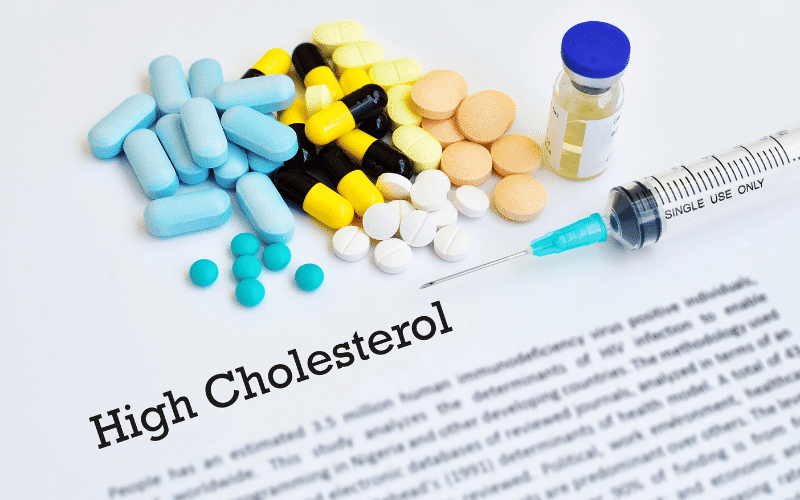Factor 2. High Cholesterol: The Fat Siege

Cholesterol, often villainized, actually plays crucial roles in our body. It’s involved in building cell membranes, digestion, and the production of hormones. However, like most things in life, it’s all about balance. High cholesterol levels can tip the scales towards heart disease.
High cholesterol contributes to the formation of plaque in the arteries, a condition known as atherosclerosis – yes, the same condition that hypertension can cause. The plot thickens, doesn’t it? This plaque, a sticky deposit that clings to the artery walls, restricts blood flow and can lead to complications like chest pain, heart attacks, and strokes.
In essence, there are two types of cholesterol: Low-Density Lipoprotein (LDL) cholesterol, often termed “bad” cholesterol, and High-Density Lipoprotein (HDL), or “good” cholesterol. High levels of LDL cholesterol lead to plaque buildup in the arteries, while HDL cholesterol carries excess cholesterol back to the liver, which flushes it from the body.
Balancing these two types of cholesterol is a key to maintaining heart health. This can often be achieved through lifestyle changes like adopting a heart-healthy diet low in saturated fats, regular exercise, and maintaining a healthy weight. However, in some cases, medication may be needed to manage cholesterol levels effectively.
As with hypertension, regular screening is vital in the early detection and management of high cholesterol. Being aware of your cholesterol levels is an essential step towards keeping your heart in its best shape. (2)